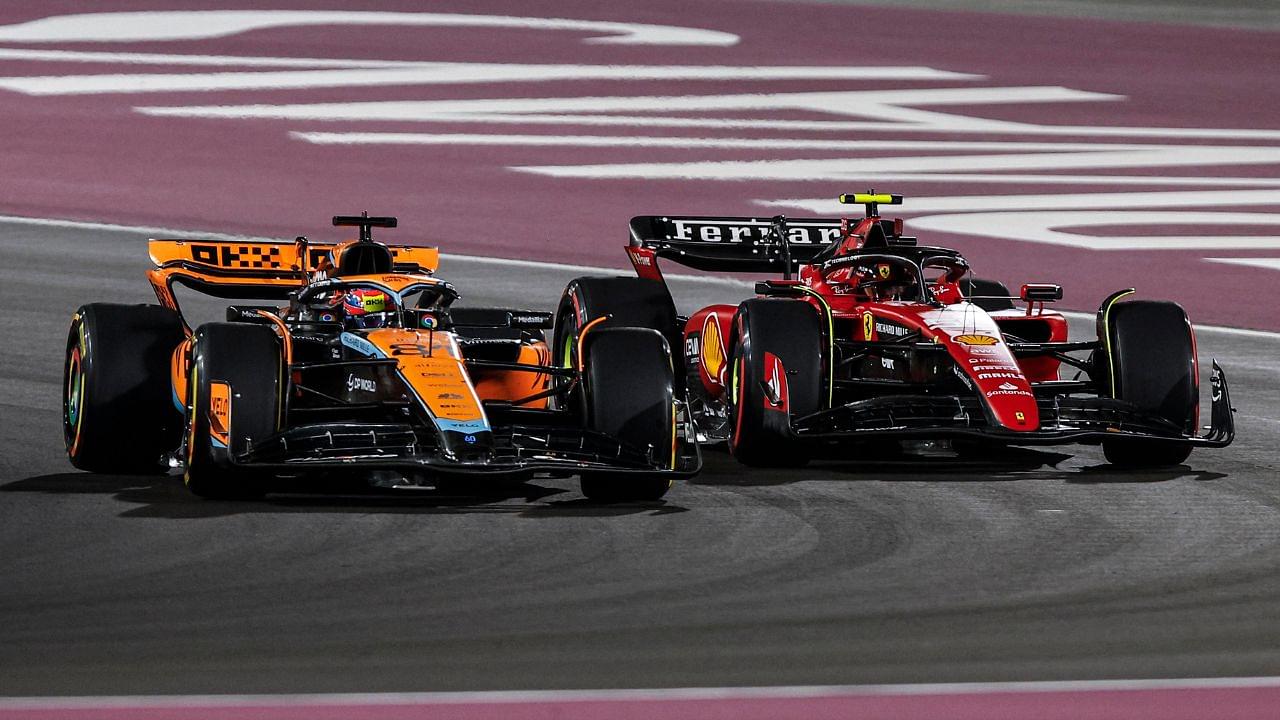Formula 1, with its rich legacy and growing popularity, has lived up to its name. But what does the name ‘Formula 1’ mean? It’s quite simple, actually. The term ‘Formula’ refers to the set of rules and regulations that govern the engine, chassis, and aerodynamic design of the cars that participate in the league. The numeral ‘One’, on the other hand, simply refers to its numero uno position in the category of open-wheel car racing.
But did you know that it wasn’t always called Formula 1? The name traces its roots to the motorsport’s post-World War II era. Before that, it was known as the European Championship Grand Prix Motor Racing. While the name suggests otherwise, the championship in reality was a world championship.
Staying with Grand Prix Racing for #RaceCarOfTheDay and it’s the #AlfaRomeo P3!
Introduced for the 1932 Grand Prix season, it won the German GP with Tazio Nuvolari and was the last non- #Mercedes or Auto Union car to win an AIACR European Championship race#Nuvolari #AlfaCorse pic.twitter.com/2s8GXXqXcx
— The Brothers Hunt (@huntbrothersF1) July 8, 2020
Today, the Federation Internationale de l’Automobile governs F1, or, as we simply call it, the FIA. However, before F1 came into incorporation, the Association Internationale des Automobile Clubs Reconnus (AIACR) was the ruling body between 1931 and 1939, according to F1’s official website.
Today, Red Bull‘s robotic dominance might seem like an alien phenomenon, but the truth is that each era has seen its fair share of dominant runs. In fact, what seems to be a struggling Alfa Romeo today was not just a fierce competitor but also a pioneer in the pre-WWII era. Other competitors included Mercedes and Auto Union. Among the drivers, Tazio Nuvolari, Rudolf Caracciola, and Bernd Rosemeyer were the champions.
The birth of Formula 1
The European Championship came to an end with the breakout of WWII. It wasn’t until the end of the war that efforts to revive the championship were made. Commission Sportive Internationale (CSI) took over the task of rebuilding the series in 1946. CSI was the sporting wing of the AIACR.
The AIACR itself went defunct while the FIA we know today took over. Augustin Perouse, the newly appointed president of CSI opened the discussions on the ‘Formula’.
CLIENT EXPERIENCE – F1® Silverstone
Built on the site of a World War II airfield, Silverstone first hosted the Formula 1® World Championship in 1950 and now has over 50 British Grand Prix under its belt.
DON’T JUST WATCH IT.
TRULY EXPERIENCE IT!#f1 #formula1 pic.twitter.com/5vrKWwLdtA— Infinity Sports Travel South Africa (@InfinitySportSA) October 18, 2022
Marquis Antonio Brivio-Sforza, a renowned racer of the time, represented Italy in the FIA. While there are many theories about the origin of the Formula 1 world championship, many regard Marquis to be the man behind the concept.
Concerned parties reached a consensus in 1949 and in 1950, the world saw the very first FIA Formula One World Championship kick off. The new ‘Formula’ allowed for a 4.5 liter naturally aspirated or a 1.5 liter supercharged engine. This formula was carried over from the pre-WWII era of Formula 2, or what was then called, the Voiturette Class.




